1. Greetings and Key phrases
What are the most common greetings in your culture?
Greeting: Bună!
Meaning: Hello!
Pronunciation: Bunǝ
Greeting: Bună seara!
Meaning: Good afternoon!
Pronunciation: Bunǝ seara!
Greeting: Bună ziua!
Meaning: Good day!
Pronunciation: Bunǝ ziua!
Greeting: Ce mai faci?
Meaning: How are you?
Pronunciation: ʧe mai faʧi?
What is a typical local phrase?
Greeting: Ce mai faci?
Meaning: How are you?
Pronunciation: ʧe mai faʧi?
Greeting: Mulţumesc
Meaning: Thank you!
Pronunciation: Multsumesk!
Greeting: Scuze / Imi pare rau
Meaning: Excuse me/ I’m sorry!
Pronounciation: skuze/ ɨmi pare rǝu!
2. A day in your city
What are the most famous landmarks?
Sibiu city centre (the big square and small square) and the Bridge of Lies built in 1859 as pedestrian bridge (there are a lot of myths and stories about the origin of the name).
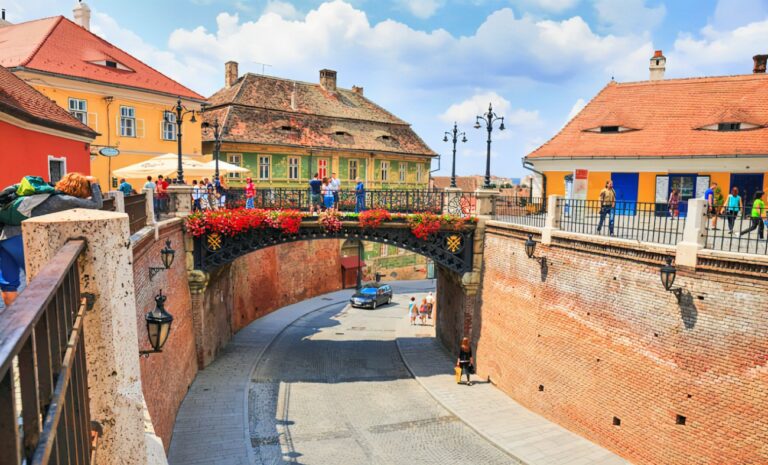
The Brukenthal Museum on the Large Square was opened to the public in 1817 and exhibits one of the most important art collections in the country.
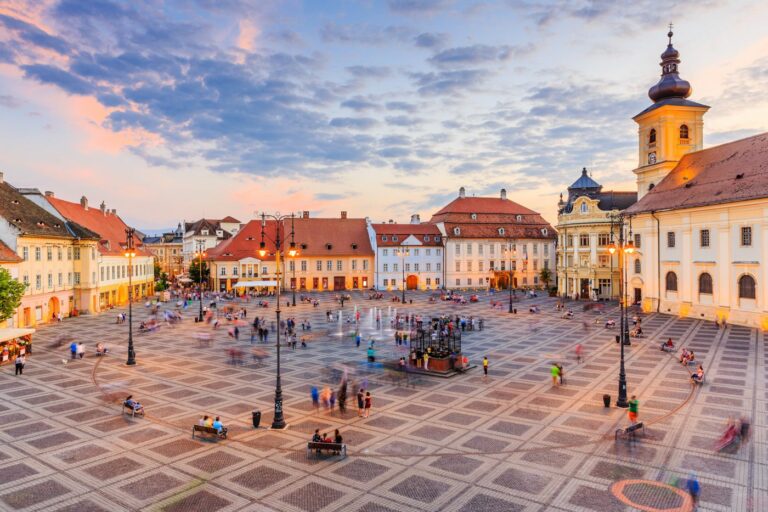
The Astra Museum is one of the largest ethnographic museums in Romania and Europe. The open-air site from Dumbrava Forest is open all year long and is an excellent destination for families.
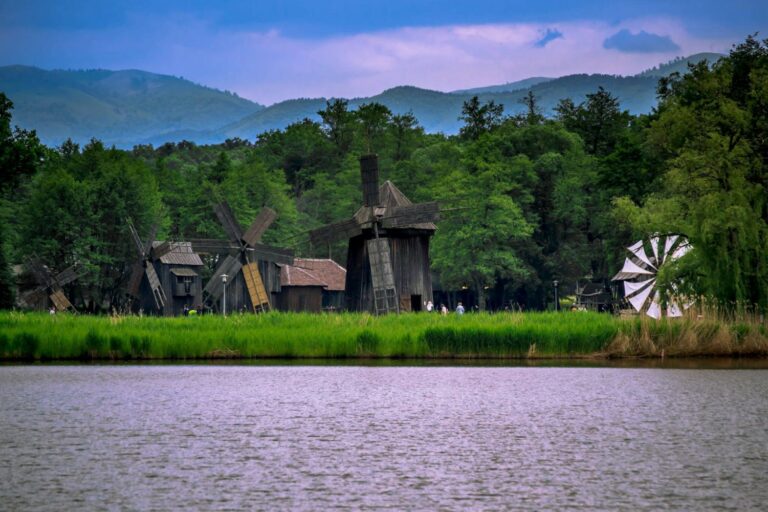
The Evangelical Church on the Huet Square dates from the 14th century and has the tallest tower in Transylvania.

Which are your personal favourite places in the city (insider tip)?
Kombinat Gastro-Brewery is an open kitchen restaurant which offers seasonal dishes made entirely of local produce. Very nice and interesting combination of tastes and seasonings. Very tasty and pleasing to the eye.
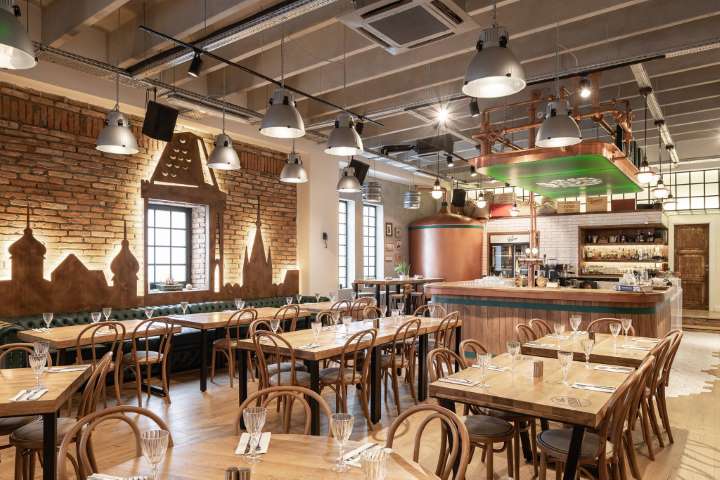
Is there any interesting way to get around in your city/country?
You can use public transportation (bus or taxi/Uber/Bolt) or you can rent e-bikes and e-scooters online.
What items should I not forget to bring when traveling to your country?
- Your mobile phone – there is free WIFI almost everywhere, so you can use your mobile without limitation and there are QR codes with info all around the city to discover.
- Your credit card – you may pay almost everywhere with your credit card of phone.
- During winter you may need warm clothing and your ski equipment, if you decide to visit the nearby mountains (30 minutes away with public transportation or rented car).
What should I avoid when travelling to your country?
You should avoid coming in January and February because these are the coldest months.
3. Culture
What is the traditional and the modern costume/dress in your country?
Traditional costumes – each area has its own costume which is compound of several items: i.e., suman, fusta, fota (women) and i.e., suman, itari, bundita (men). The costumes are very different in all areas but have some similar components.

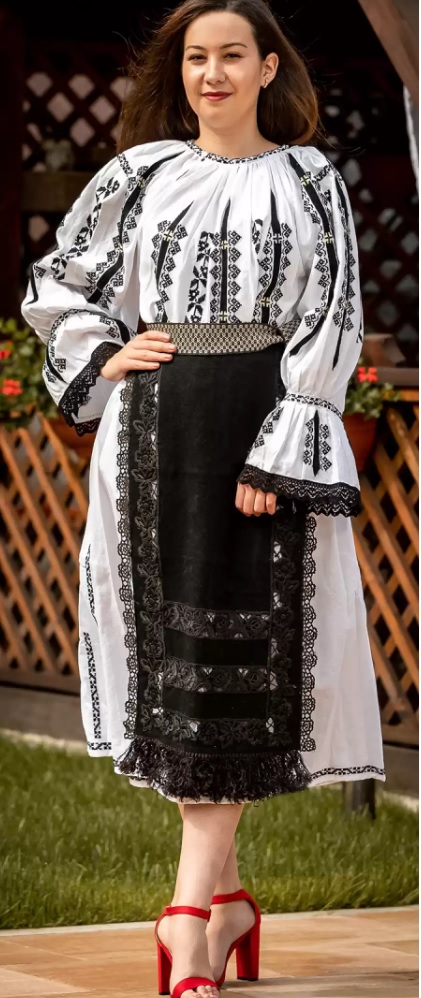
Modern – Jeans and T-shirt/polo shirt (men), dresses (women)
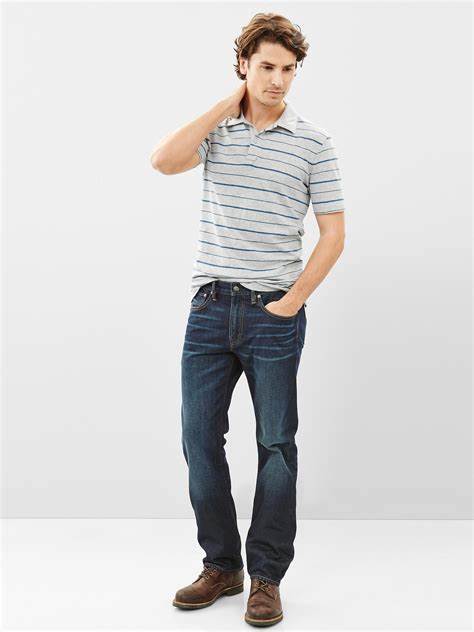

Do schools require uniforms in your country? If yes, what do they look like?
School uniforms are not required in Romania. Some private schools may still have their own uniform, but it is not the norm.
Kids go to school in street clothing.
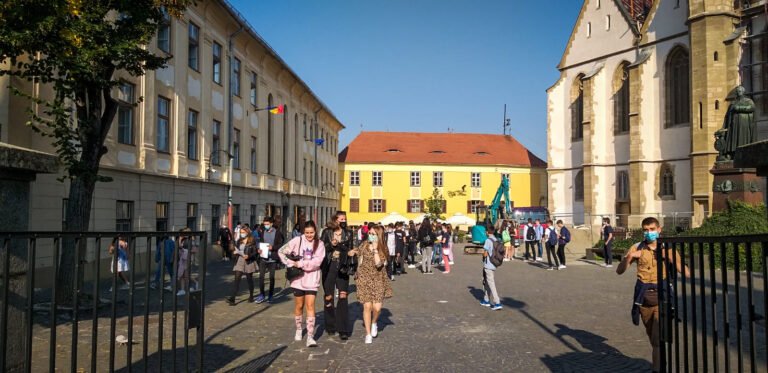
What music (and dances) represent your local culture?
Typical Romanian dances are called hora, căluşarii, bătută moldovenească and many more. There are different types of horas and dances in different Romanian regions.
One fun fact about your country
Romania is the only country in Europe where the Brown Bear still lives in the wilderness and when you drive to the Transfăgărăşan area it is highly probable that you will see at least one on the side of the road. The Sibiu city center was also visited by a Brown Bear a few years ago 😊.
What famous invention or something interesting is originally from your country?
- Nicolae Constantin Paulescu (1869-1931) was a Romanian physiologist, the discoverer of pancreatine, later named insulin.
- Henri Marie Coanda invented the jet engine in 1910.
- Stefan Odobleja (1902-1978) laid the foundations of Cybernetics in1941. He is the creator of psycho cybernetics and the father of generalized cybernetics.
What are the special colours in your country/culture?
The special colours are red, yellow and blue, because these are the colours of our national flag. Red is the symbol of brotherhood (color of blood), yellow is the symbol of justice (color of grain fields) and blue is the symbol of liberty (the sky).
What are the lucky and unlucky numbers in your culture?
- 13 is considered usually an unlucky number by the superstitious Romanians out there but for some people it is a lucky number as well.
- 7 is thought to bring good luck.
- A bouquet should always have an odd number of flowers in it because traditionally bouquets of an even number of flowers are used at funerals.
4. Food and key dishes
What are your favourite local dishes that I should try in your country?
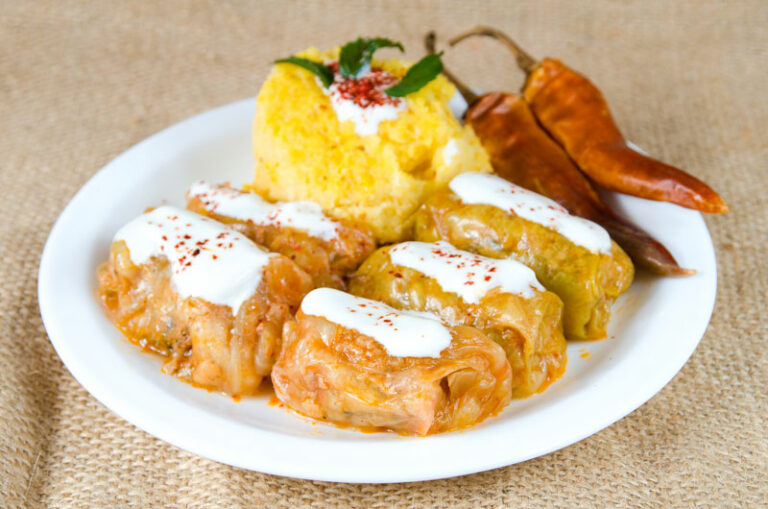
Where do local people usually buy food ingredients?
Romanians buy a lot of food from supermarkets, but the best food can be bought in local markets, where people sell their own vegetables and home-made produce. In Sibiu there is also a peasant market on the weekends where you can buy produce from Sibiu area.
5. Souvenirs
What gift should I bring back to friends and family?
- Wine – the Romanian wine is actually very good.
- Tuica (Romanian drink of choice 😊) is a potent plum brandy and it is quite strong.
- Home-made jams and zacusca (vegetable spread made of eggplant, cooked beans, roasted red peppers and sometimes mushrooms).
- Painted ceramics or hand painted eggs (it doesn’t have to be easter 😊).
- Dracula Merchandise for the Vampire fanatics.

